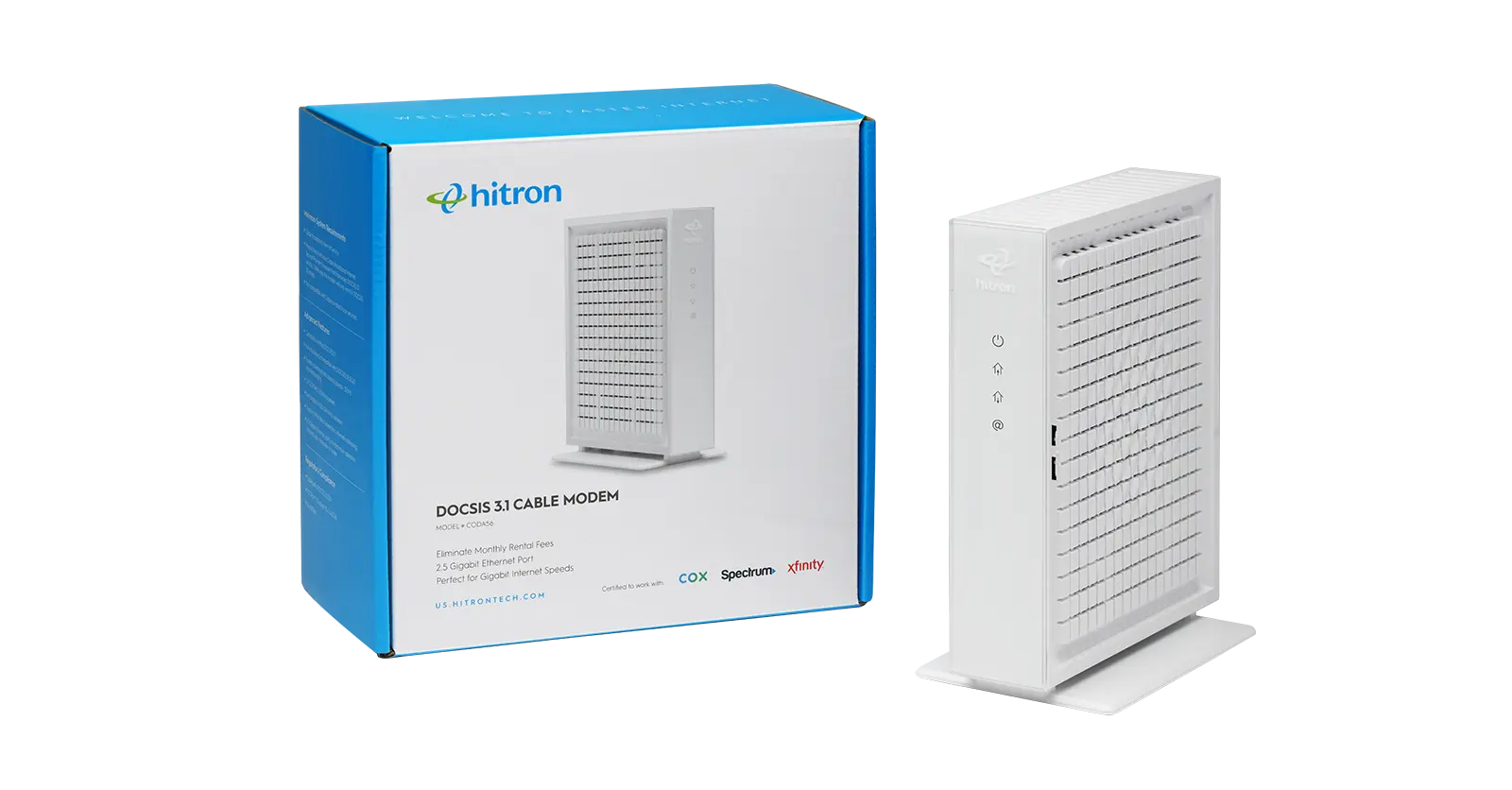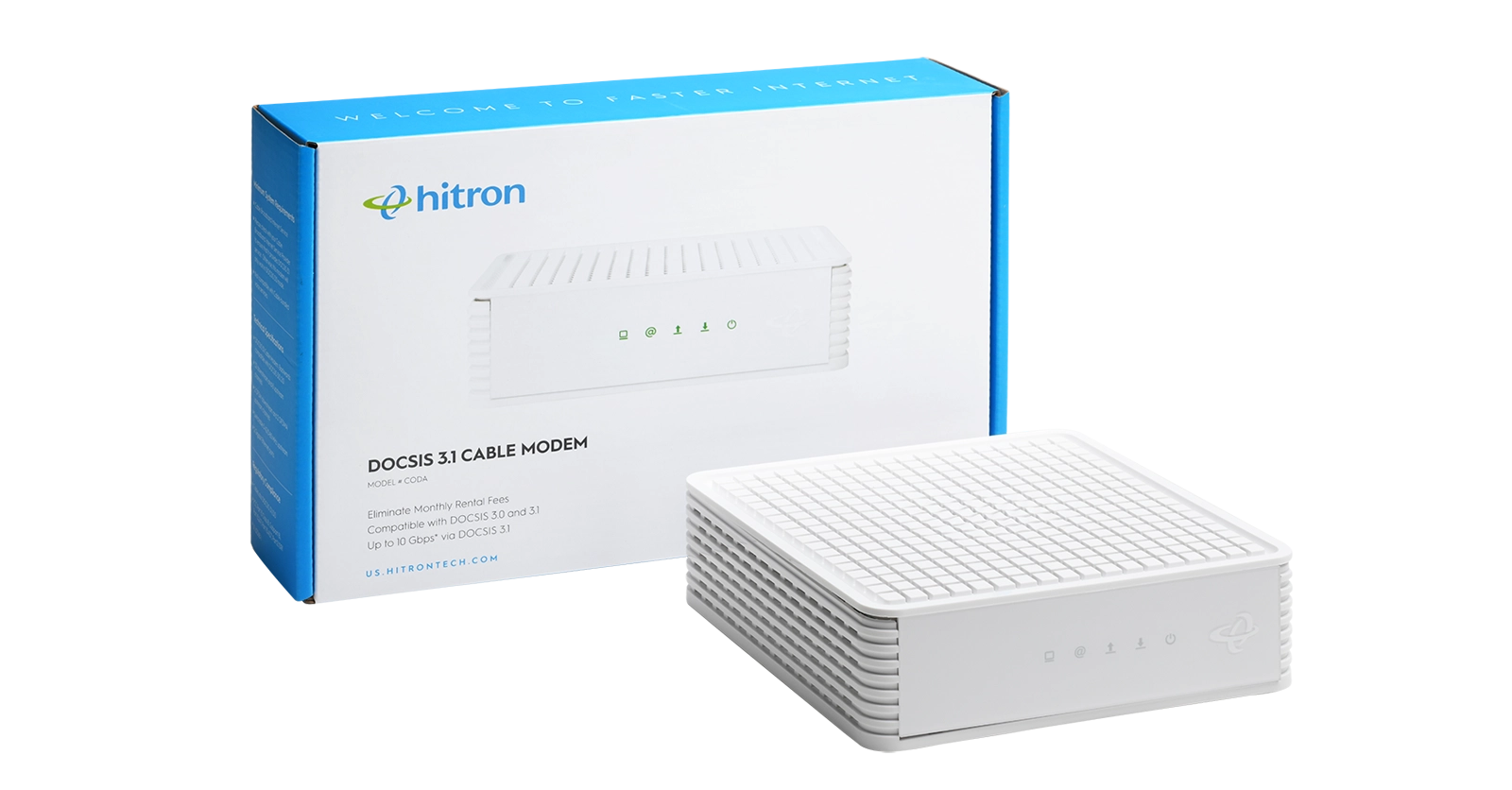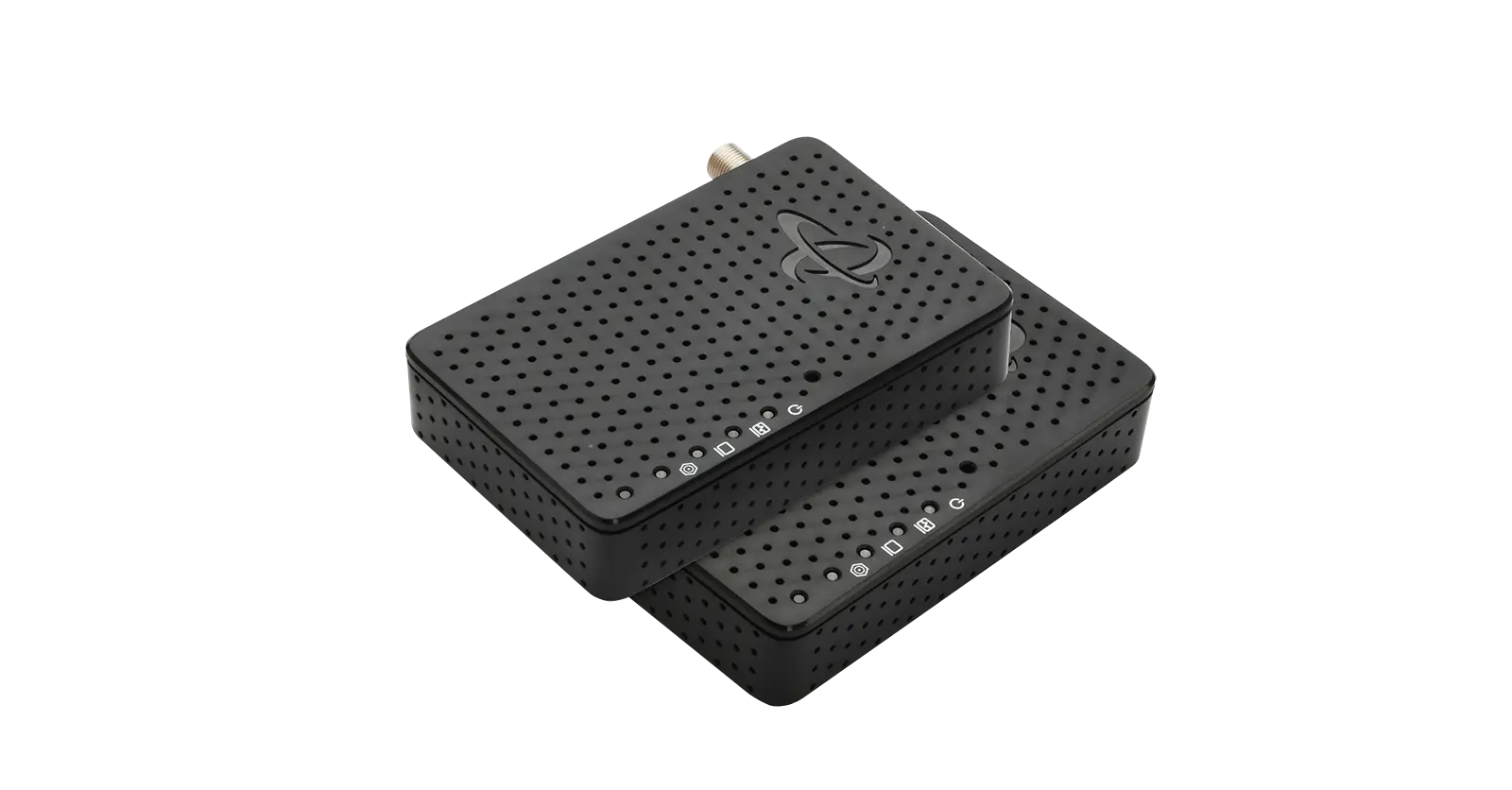If you are looking to set up Internet in your home for the first time or upgrade your current Internet service and set up, there are things to consider. One of those things is the hardware you need to make everything work.
Even with wireless Internet, there is hardware. There are a lot of terms thrown around when it comes to home networking. Two of which are “Modem” and “Router.” They are similar but not the same thing.
While there is such a thing as a hybrid modem/router, the two are different things. The difference between a modem and a router are:
Modem: A modem, or cable modem, is a hardware device that allows your computer to communicate with an Internet service provider (ISP) through a landline connection. This wired connection converts into a digital signal, which gives you access to broadband Internet. A modem connects to the Internet.
Router: A router is a hardware device that connects multiple networks and routes the traffic between them. For example, your router has one connection to the Internet and one connection to your local private network in your home network. A router distributes the Internet connection to multiple devices.
In this article, we focus on the cable modem and which features to look for in one. A cable modem differs from other types of modems because it uses a coax cable. (Like MoCA technology.)
What to Look for in a Cable Modem
When buying your modem or renting a cable modem through your Internet service provider, make sure the modem you choose has the following features:
- Fast speeds
- Reliable Internet connection
- Easy to set up and manage
- Supports remote troubleshooting
- DOCSIS compatibility for more bandwidth channels
- MoCA support
We all want fast, reliable Internet that is easy to set up. So those features are a clear must. However, DOCSIS isn’t a term that is in everyone’s vocabulary.
DOCSIS stands for Data Over Cable Service Interface Specification. It allows more high-bandwidth data transfer to an existing coaxial cable TV system. This is an important feature to know because it influences which modem you get for a cable Internet connection.
You need to know the DOCSIS standard that your cable modem uses. That will determine whether you can get the latest internet speeds offered by your cable internet provider. Depending on where you live and the type of home you have, and your living situation, you might be limited.
For example, with an outdated DOCSIS 2.x cable modem, your download and upload channel would be limited in a congested network. Such as a whole family connecting at the same time for work, school, or entertainment. However, with a DOCSIS 3.x cable modem like Hitron’s CODA DOCSIS 3.1 cable modem, you could take advantage of multiple channels, which means faster speeds during these heavy-use periods.
More Technical Key Specifications:
The ideal cable modem would also have the following features:
- DOCSIS 3.1 certified
- Gigabit Ethernet ports
- DOCSIS 3.1 2×2 multi-carrier OFDM
- DOCSIS 3.0 32×8 channel bonding
- Switchable 5-85/5-204MHz Upstream channels
- Backwards compatible with DOCSIS 3.0
Hitron’s CODA DOCSIS 3.1 Cable Modem is available on Amazon, The CODA has DOCSIS 3.1 to deliver the fastest Multi-Gigabit speeds to your connected devices. Learn more about cable modems or cable modem routers by reading Hitron’s Learn Page.


